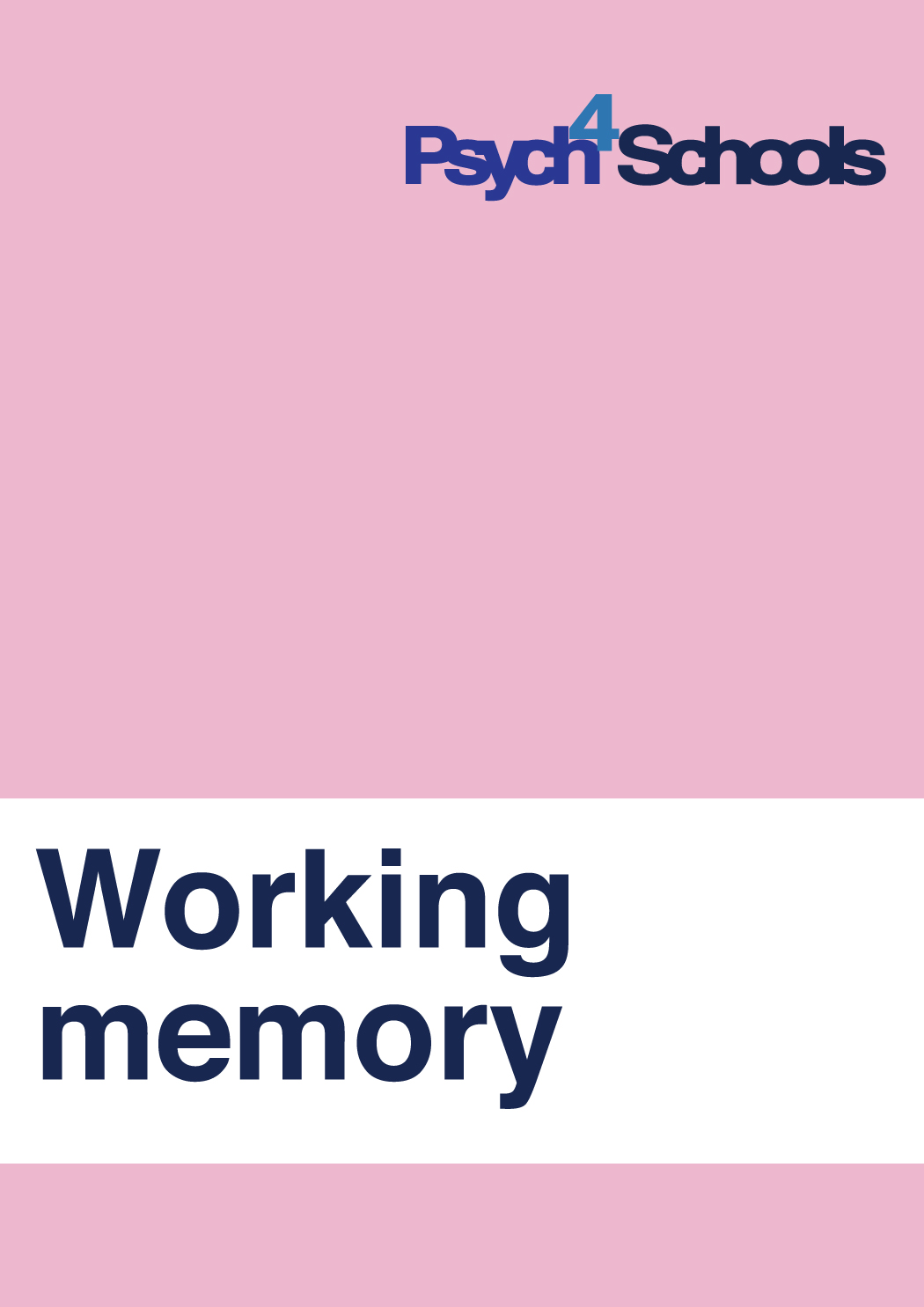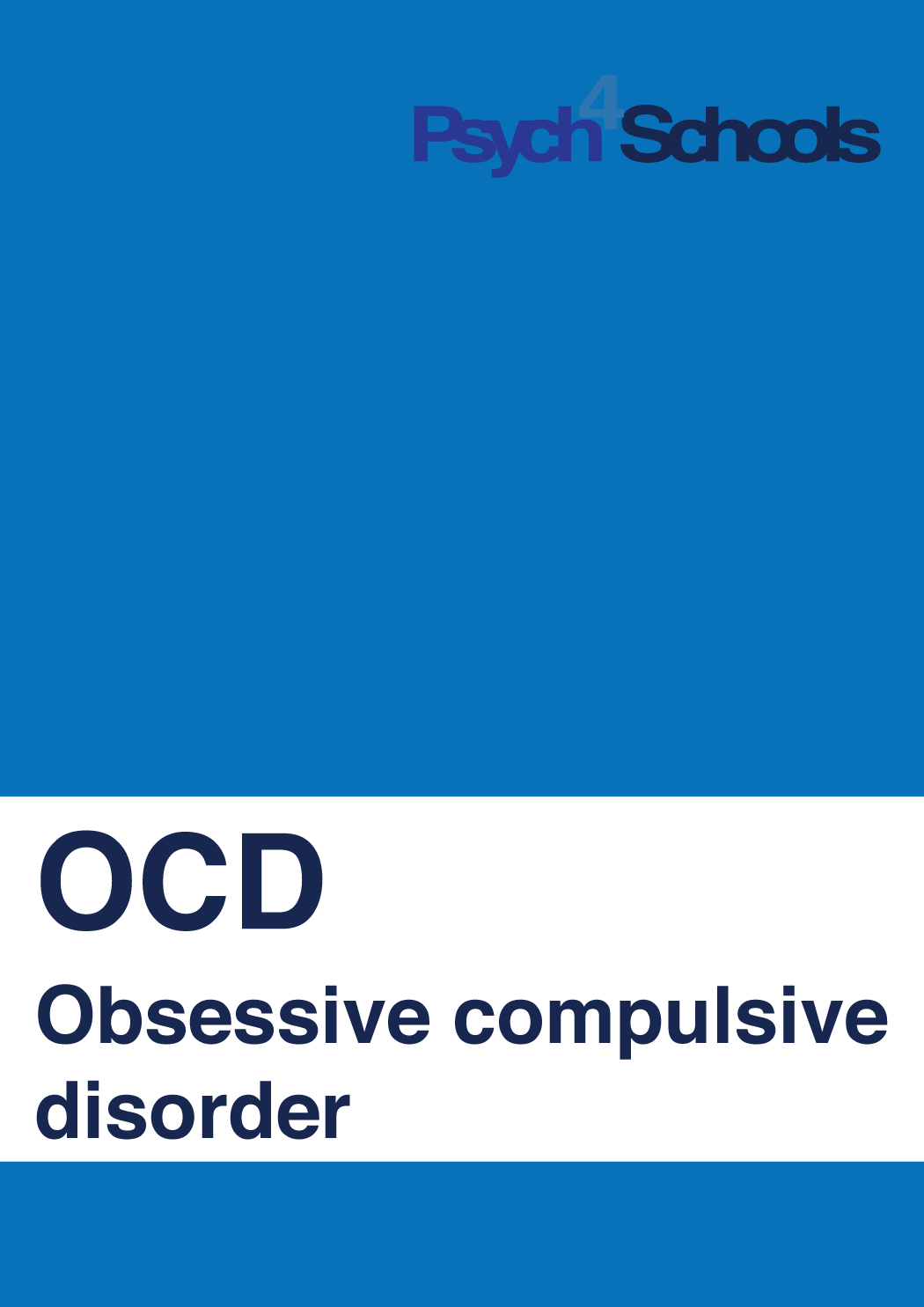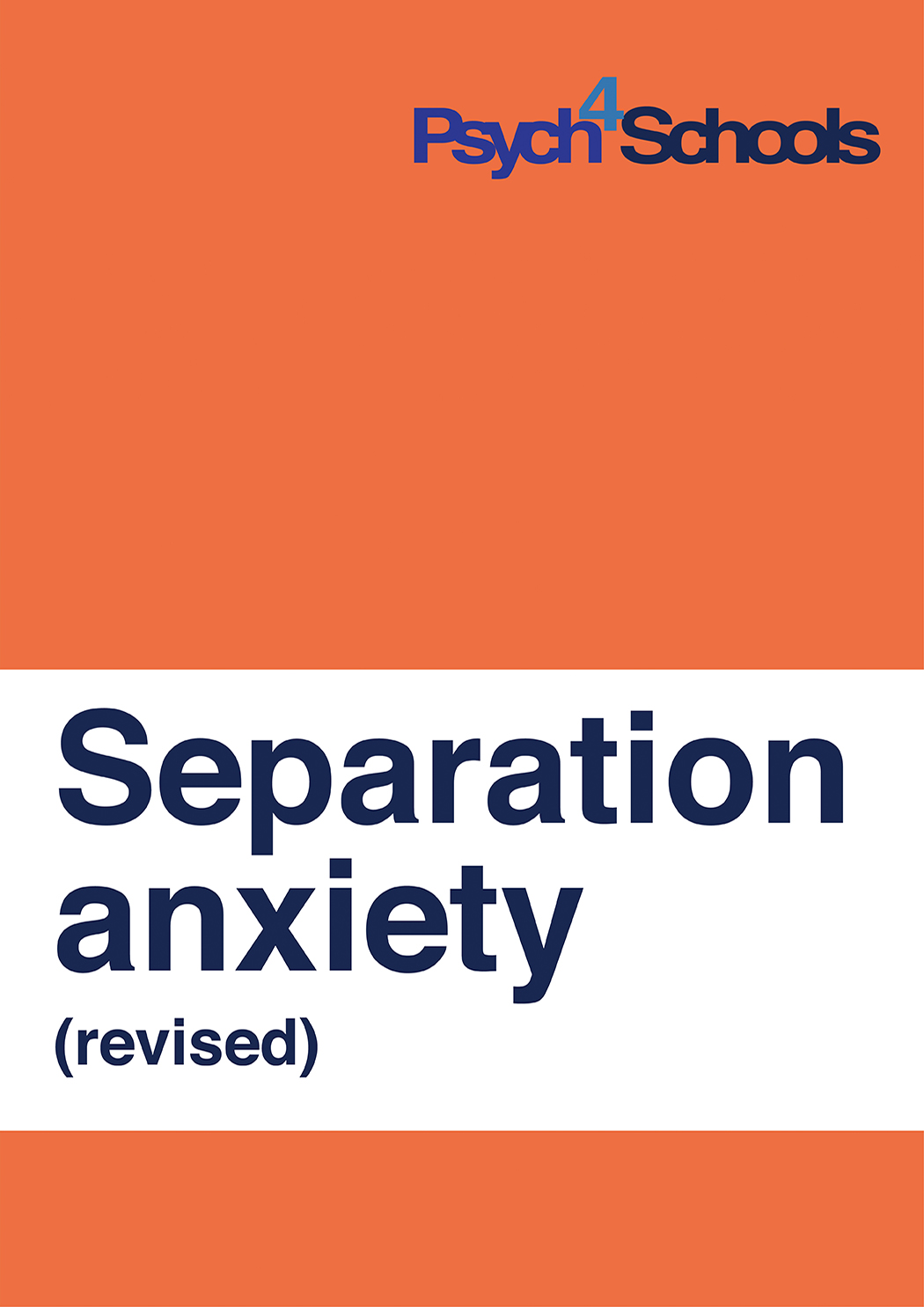Public speaking
The following is an excerpt from the ebooklet Working with children who lack confidence speaking publicly (revised) by Murray Evely and Zoe Ganim.
Introduction
It is common for most adults and children to feel nervous about speaking in public at some time in their lives. Some children fear speaking publicly in all situations, including reading aloud or answering questions in class, while others fear only formal class presentations or performing in front of the school.
Teachers expect children to speak to small groups or the whole class for a range of reasons. Public speaking can include activities such as a sports report, a book review, a debate, feedback on a group activity or introducing an item at a concert. Children who lack confidence about speaking in public are often fearful that others will judge them negatively.
Their thoughts surrounding the public speaking event are usually not rational, and tend to focus on and exaggerate the possible negative outcomes they think may occur. Examples of typical thoughts include, ‘Everyone will think I’m stupid’, ‘I’ll forget what I’m going to say’, ‘No one will like my talk and then no one will want to hang out with me’ or ‘I’ll ‘go red’ and everyone will think I’m a loser.’
Young children may not be able to identify what they are afraid of, or even the feelings associated with speaking publicly.
Behaviours
Young children may demonstrate their anxiety about speaking publicly through one or more of the following behaviours:
- speaking softly
- avoiding answering questions in class
- asking to go last in presenting to the class
- withdrawing
- becoming angry
- becoming frustrated
- crying
- having a tantrum
- acting out in class prior to or following speaking in class
- using avoidance by continuing to be busy elsewhere, such as helping another teacher, by leaving prompt notes at home or by being absent
- developing psychosomatic symptoms, e.g. nausea, headache, frequent need to go to the toilet or wanting to go to the sick bay
Older children may demonstrate similar behaviours. Additional behaviours and signs of distress may include:
- feeling panic or freezing
- blushing or worrying that they will ‘go red’
- stumbling over their words
- reading or presenting their talk in a monotone
- excessive perspiration
- reading from or constantly looking down at their notes throughout a presentation
- speaking too quickly.
As children move into late primary school and early adolescence they become more self-conscious about being seen by their peers to be lacking in confidence and anxious about public speaking. They can be ashamed and embarrassed by their lack of confidence. Also, as children become more self-conscious about the way they look – their hair, skin, weight, fashion sense, they can feel even less able to stand in front of a group to speak. These further stressors can add to the ordeal of public speaking and may lead to increased absenteeism. Absenteeism is more prevalent in this age group for students who are anxious about performance and speaking in front of groups.
Teacher attitudes, expectations and patience
All children can experience performance anxiety about speaking in public and therefore teachers need to have reasonable expectations about what is developmentally appropriate. Teachers need to be mindful that children’s temperaments vary, and teacher attitude can play an important part in supporting children to build confidence or in making them feel uncomfortable or anxious.
Extreme anxiety about public speaking is a very painful experience for some children and it is important that teachers don’t inadvertently behave in a way that contributes to the problem or makes it worse. An impatient teacher attitude, talking publicly about a child’s lack of confidence, shaming, ridiculing or joking about it, or even dismissing it can embarrass a sensitive child. An effective teacher approach based on the following model1 may assist a number of children. These include:
- Empathy – let the child know that you understand public speaking can be difficult.
- Curiosity – invite the child to talk about why it is hard to speak in front of a group.
- Reassurance – be positive about the child’s ability.
- Encouragement – set the child up for success with a practical strategy that helps deal with their worry or concern.
- Expectations – start with reasonable and achievable experiences to help develop confidence in public speaking over time.
- Patience – support the child to build confidence while explaining that it is natural for everyone to feel some discomfort from time to time.
Strategies to support the child who lacks confidence in speaking publicly
General classroom strategies
- Empathise with the child and acknowledge their fears. Talk with the whole class about the fears most people face when speaking publicly, such as fear of being ridiculed or laughed at, not being good enough, not remembering what to say, or people thinking what you say is incorrect.
- Ask the child about their self-talk. If they say they are nervous and can’t do it, help them to use positive self-talk, for example, ‘I have practised this and I am okay’, ‘It might be hard at first but I can do it’, ‘I am no better and no worse at speaking to the class than anyone else’.
- Praise the child when they engage in class discussion. Use specific, labelled praise to identify aspects of the answer or presentation you liked, even if the content was not all correct. For example, ‘I liked the way you joined in our discussion’, or ‘Thank you, Jordan, I liked the way you used personal examples to illustrate your point.’
- Build conversational skills:
- Remind the class to use social graces. Talk about the importance of saying ‘please’, ‘hello’, ‘thank you’ and ‘goodbye’ at appropriate times so these verbal behaviours become automatic and don’t require teacher prompting.
- Teach the child how to engage in conversations. The give and take of conversation, or ‘conversational ping pong’ can be taught from an early age. Young children can practise skills such as turn taking, introductions, interrupting and finishing a conversation using finger puppets and hand puppets. For older children, teachers can also model how to initiate conversations and respond to others when they are first introduced, how to continue a conversation and how to ‘chip in’ to a three-way conversation.
ISBN 978-1-921908-42-2
Copyright © Murray Evely and Zoe Ganim 2017
No part of this excerpt may be reproduced or reprinted without permission in writing from the publisher.
Click here to read copyright details, summary of the licence and terms and conditions to use and reproduce our digital materials granted to authorised users.
This article is an excerpt from the ebooklet Fears public speaking (revised).
Download the complete ebooklet for full access to strategies and resources, including:
- General classroom strategies
- Ways to encourage public speaking
- Specific presentation strategies
- Resources





